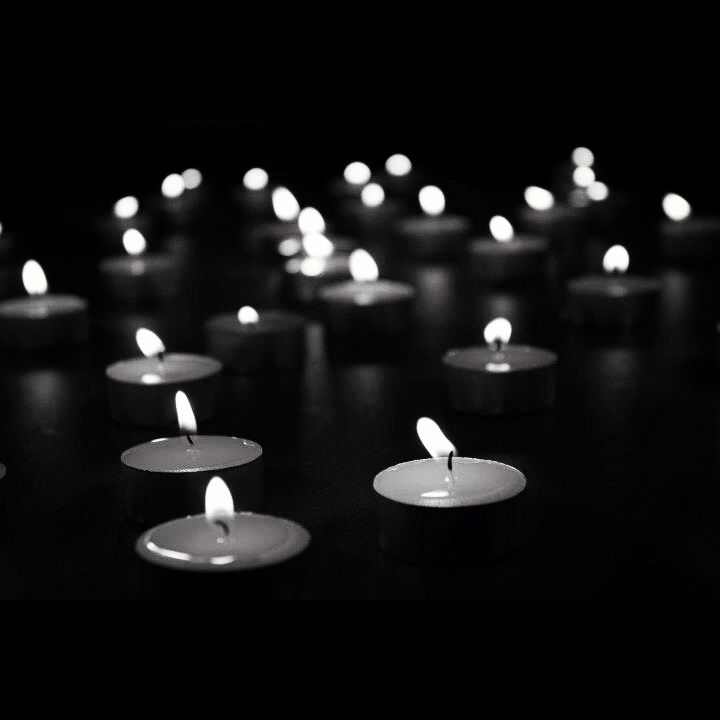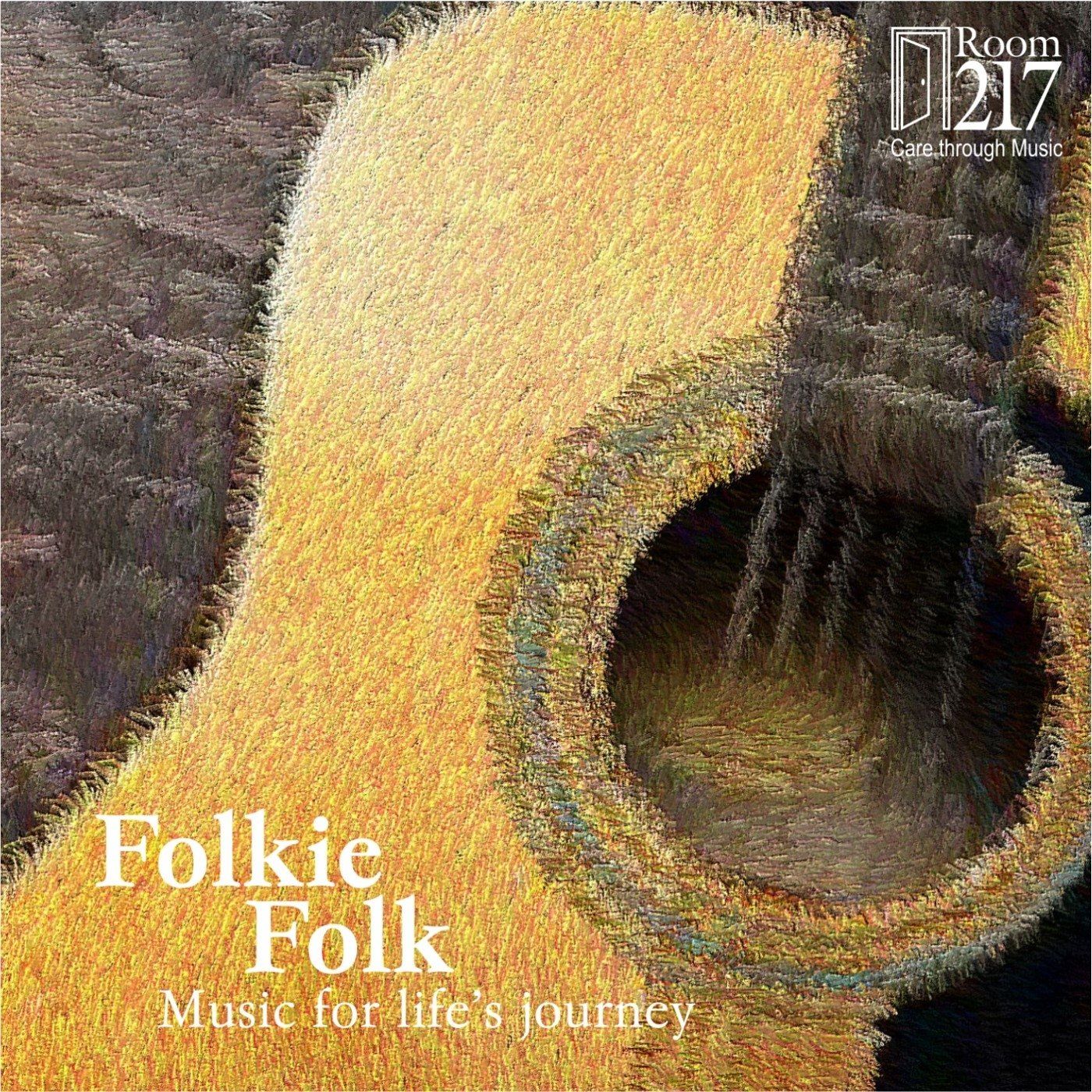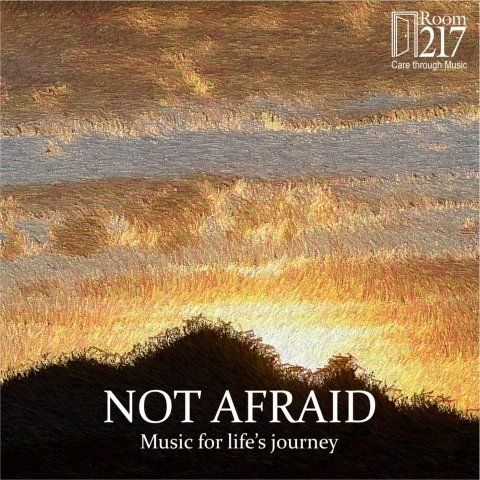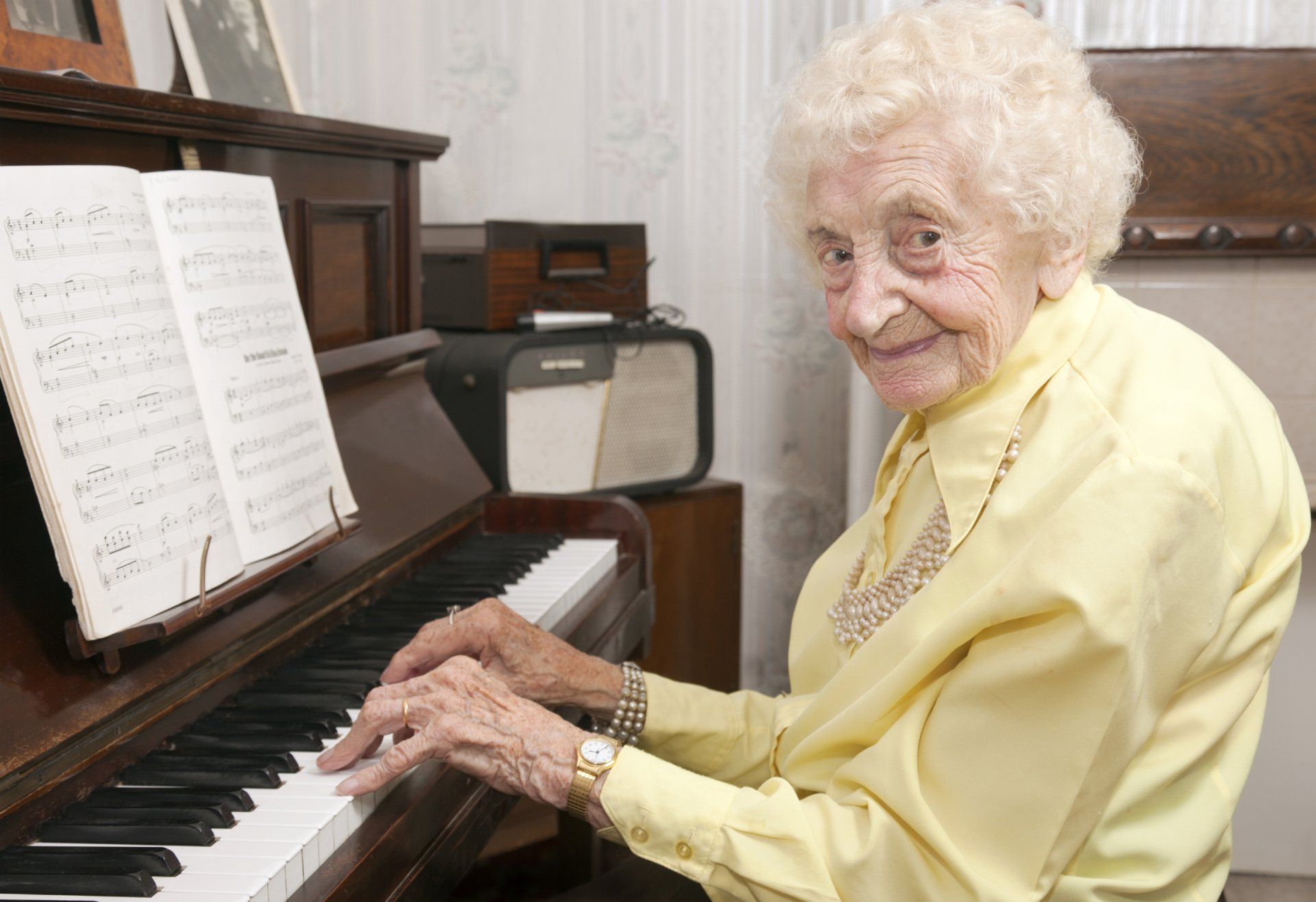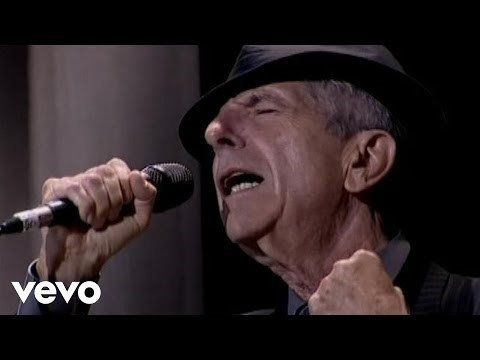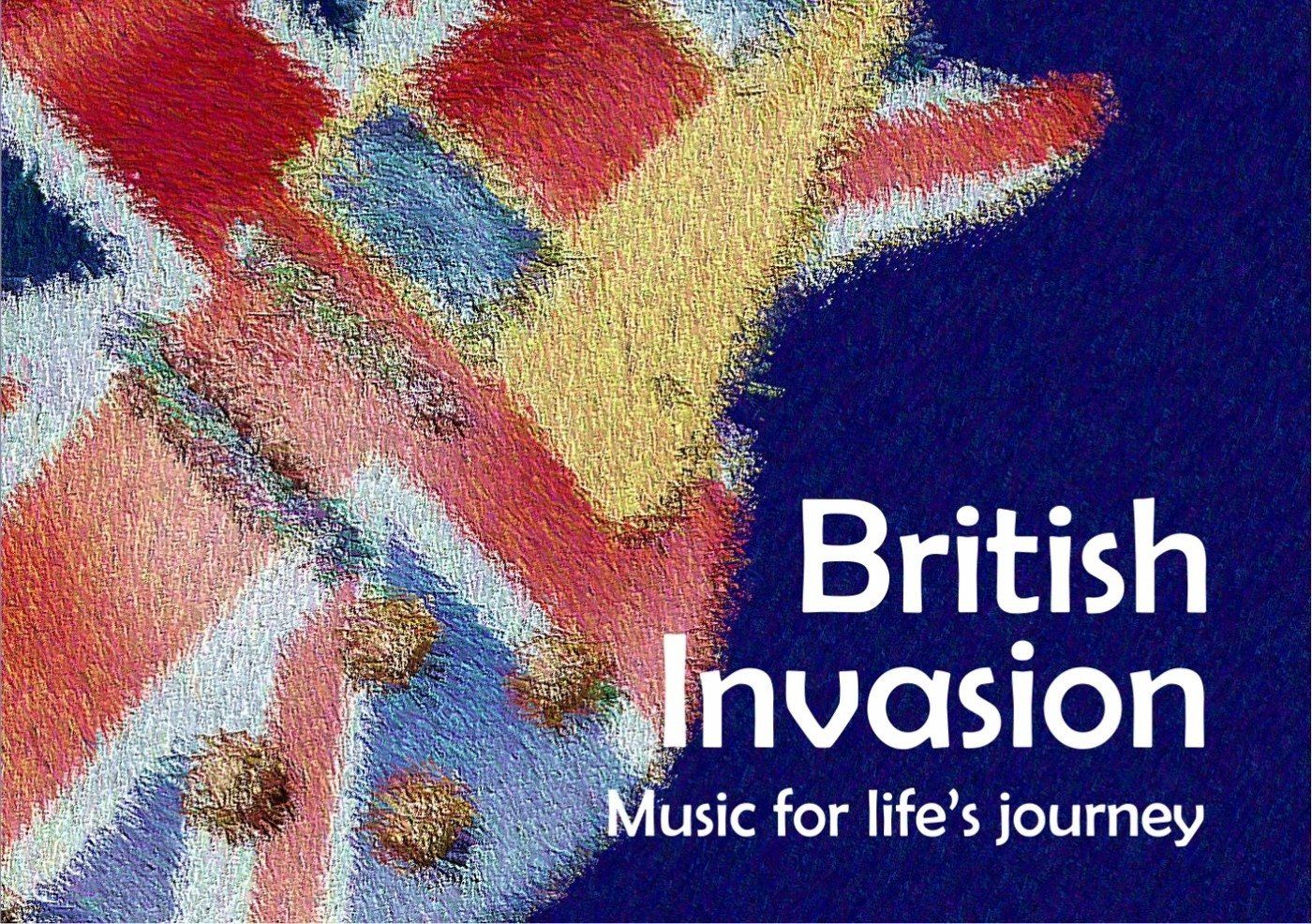What Gord Downie’s Farewell Tour Can Teach Canadians About Palliative Care
 The Tragically Hip’s Farewell Concert on August 20th
was a national phenomenon. It brought communities together. It made Canadians feel more Canadian. It connected a nation to part of our national soundtrack. It cracked open the hearts of human beings across the country bearing witness the glory of a man dying well. It brought to the forefront a subject most of us are acculturated to avoid: death.
The Tragically Hip’s Farewell Concert on August 20th
was a national phenomenon. It brought communities together. It made Canadians feel more Canadian. It connected a nation to part of our national soundtrack. It cracked open the hearts of human beings across the country bearing witness the glory of a man dying well. It brought to the forefront a subject most of us are acculturated to avoid: death.
Many important fundraising initiatives came out of the Farewell Concert too. The band donated some of their concert revenue to the Sunnybrook Hospital where Downie is receiving treatment. Communities across the country collected donations for the Canadian Cancer Society at free screenings of the show. The Gord Downie Fund for Brain Cancer Research is an exciting outcome of the legendary singer’s diagnosis, and it will no doubt make a difference in understanding treatment for this disease. The cancer centre where I work was a generous recipient of many local fundraising drives related to Hip events.
But one glaringly obvious fundraising cause that I didn’t see was the one that probably made the whole miraculous farewell tour possible: palliative care.
In the palliative approach to medicine, the medical team listens to the patient and their families about what matters most to them. They build treatment plans according to the patient’s goals. Their goal may be to make it to their daughter’s wedding in seven months. It may be to avoid pain at all costs. It may be to avoid hospitalization, or to die at home. It may be to continue to treat the disease by any means necessary. A good palliative care professional will listen closely to the person and educate them on all their options. They will take equal consideration to the person’s physical, emotional, spiritual and social needs. They will agree upon a treatment plan from there, and adjust it as needed. They will maintain a relationship throughout their journey with the disease. And the evidence shows that with this approach, people live longer.
Palliative care professionals also support people to create legacies, complete important relationships in their lives, and reflect on any unfinished business so that they can die peacefully. No human life is meant to go on forever. And yet until recently, our medical system has done everything in its power to completely avoid the possibility of death at all costs. “Dying well” is a strange-sounding concept to many, and yet dying well is one of the most important life skills we can ever develop. It is a concept, and a skill, that Gord Downie has mastered.
There is no way Gord Downie could have done this tour without some adjustment to his treatment. His oncologist, who travelled with him on the tour , has been supporting him medically to make possible what matters to Gord. There is a likely chance that Downie abstained from treatments that might have delayed disease progression in order to be well enough to do this tour. In other words, there is a chance that he may have opted to lose months of his life, in order to live his life with purpose.
The journalist in my local newspaper who covered the Hip concert ended his review of the event with a sentence that, as someone working in supportive oncology and palliative care, made me wince a little bit:
“Battle on, Gord. The fight isn’t over yet.”
I’d say that, whatever happens with Gord’s cancer, he’s won the battle already. He has given his nation an example of living gloriously, making every moment matter.
Sarah Pearson is a music therapist working in oncology and palliative care in Kitchener, ON . She is the Program Development Coordinator for the Room 217 Foundation and Lead Facilitator of the Music Care Certificate Program.

